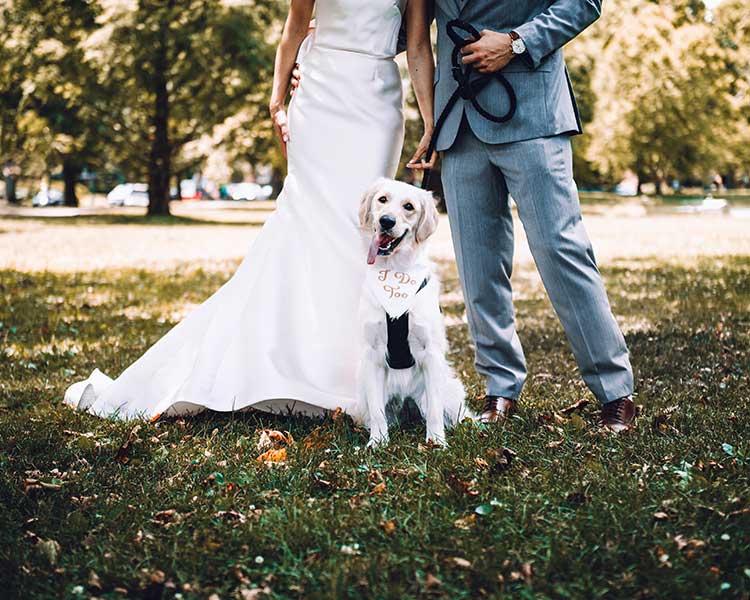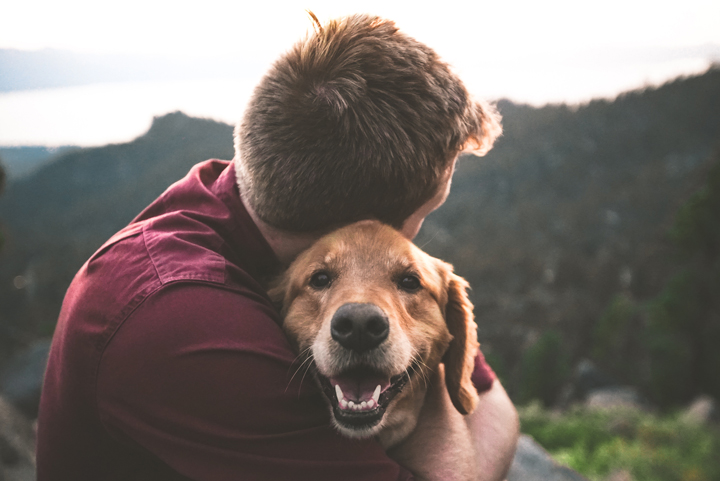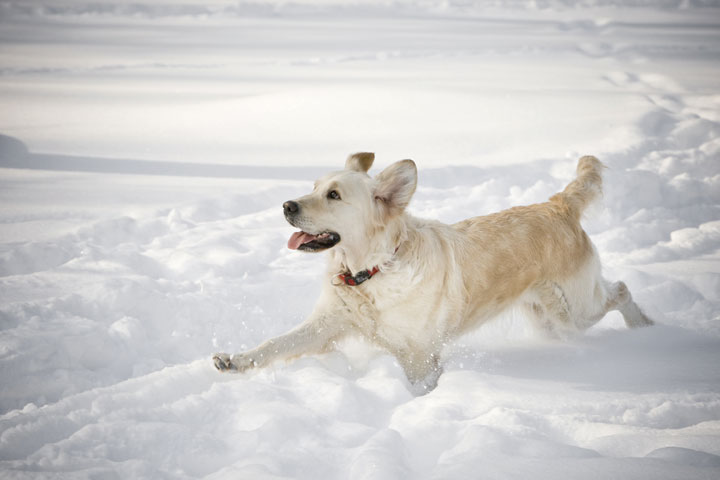Enriching the Lives of Hearing Impaired Dogs

Conditions such as hearing and vision loss can greatly affect the quality of life of senior dogs, however, the fortunate news is that pets are adaptable. Pets can thrive very well, despite changes in their sensory abilities. Here are some tips on how to keep pets active and involved despite hearing loss:
Try hand signals
Many dogs lose their hearing in their senior years. Animal experts recommend having dogs checked by the family veterinarian if pet owners notice changes in a dog’s hearing. If tests confirm a hearing loss in the dog, then it’s time to start adapting to the new normal of living with a hearing-impaired pet.
Animals rely on their owners’ body language and physical movement more so than auditory input. Older dogs tend to lose their hearing gradually and adjust to it along the way. It’s all about learning a new way of speaking with dogs and retraining the owner’s approach to dealing with things.
Hand signals are key tools to helping hearing-impaired dogs. If a dog can still hear, start incorporating signals in with general commands so the dog can start associating a known command with a new signal. Use treats liberally as rewards to help engage the dog’s attention and to reward proper behavior. Pet owners can use any hand signals they want to use, but they should make sure that they are unique so that the dog doesn’t get confused.
If pet owners are not sure about what hand signals to use, an American Sign Language Dictionary can give owners ideas. Establish signals for the dog’s name. Also establish signals for commands such as sit, stay, lay down, no, check in, watch, and come. Even if a dog goes completely deaf, pet owners may still consider saying the command along with giving the hand signal, as the dog will take cues both from an owner’s facial expression and the hand signal itself.
Use physical touch
As pet owners are working with and teaching their dog, they may need to also use some physical messages to get the dog’s attention. A light touch to the shoulders may help to get a dog’s attention to know it’s time to focus on the owner. Clapping or whistling at a pitch that a dog can still hear may also help to get their attention. Some families will also train their dog to a flashlight or a vibration collar (not a shock collar) to help get the dog’s attention and encourage the dog to come to his or her owner.
Consider lifestyle modifications
Generally, dogs that go deaf gradually do not need a lot of modification of their home environment. Pet owners might consider using a hunting bell or Christmas bell on the collar so you can hear where he is. Make sure the bell isn’t too heavy or cumbersome on the collar.
Generally, deaf dogs should always be in a fenced yard or on a leash with their owner. Pet owners might consider switching from a collar to a harness to help give the deaf dog more confidence. Make sure the dog’s tag states his name, all pertinent contact information, and that the dog is deaf. Make sure the dog is microchipped, and all information with the company is up to date in case the dog does wander off.
Help your dog succeed
Pet owners may need to handle some situations differently. For instance, a sleeping deaf dog might startle easily, leading to a bite. When waking a deaf dog, pet owners should avoid startling the dog. To wake the dog, pet owners can stomp on the floor nearby so the dog can feel the vibrations, put a treat in front of the dog’s nose so the smell can wake the dog up, or pet owners can practice waking the dog by always touching the dog at the same part of the body, such as near the shoulders. When doing this, always reward the dog right away with a treat to help him or her acclimate to this new waking procedure.
Do not allow guests or children to approach or touch your sleeping, deaf dog. If the pet owner is leaving the room the dog is in, get the dog’s attention so the dog can see where the pet owner is going. If the dog is sleeping, the pet owner might wake the dog to keep him or her from becoming anxious if the dog wakes but cannot find the owner.
Resources for hearing impaired dogs
If a dog is becoming deaf, it is important for dog owners to have resources. “Living with a Deaf Dog,” by Susan Cope Becker, is a recommended book. The Deaf Dog Education Action Fund, at www.deafdogs.org, has articles, books, and other resources that can help. There are other organizations that pet owners can find online, and there are several active Facebook sites dedicated to helping deaf dogs and their families.
Families with a dog who is deaf or hard-of-hearing should work with a trainer. Training sessions may require a bit more mental effort from the dog, and the sessions may be tiring. Try to limit the sessions to about fifteen minutes at a time, and keep them positive with lots of treats. To find a trainer, consult the Association of Professional Dog Trainers at www.apdt.com, or the Certification Council for Professional Dog Trainers at www.ccpdt.org/dog-owners/certified-dog-trainer-directory.
This article was originally published in our Fall 2016 print issue.










Leave a Reply